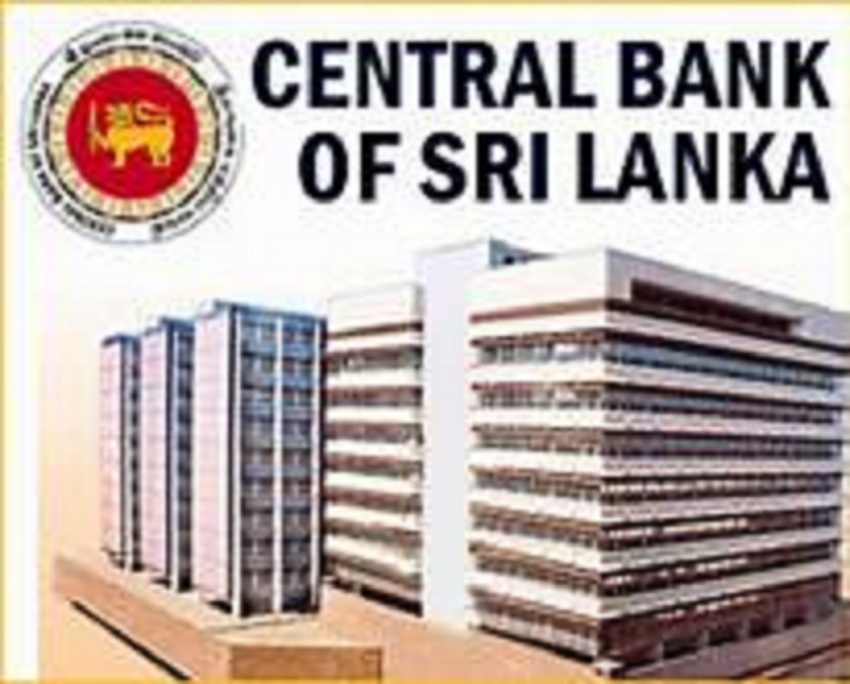The Board arrived at this decision following a careful analysis of current and expected developments in the domestic and global economy and the domestic financial market, with the broad aim of stabilising inflation at mid single digit levels in the medium term to enable the economy to reach its potential, Central Bank Governor Dr. Indrajit Coomaraswamy told the monetary policy review press conference at the Central Bank last week.
Explaining the rationale behind the Central bank’s stance, he said that the large and persistent shortage in rupee liquidity made the Central Bank to conduct open market operations (OMOs) on a short and long-term basis in addition to overnight operations.Overnight interest rates were allowed to remain around the upper bound of the policy interest rate corridor reflecting the prevailing liquidity conditions. The yields on government securities experienced a notable increase in recent weeks while most other market interest rates remained high both in nominal and real terms.
Economic growth will be below the envisaged level and will reach 3.2 percent in 2019. However, it is expected to recover to 4-4.5 percent.Despite the political uncertainty, the Central Bank has taken a proactive forward looking approach to tighten the excess liquidity in the market. Political stability is a great support for economic development, he said. However, he cautioned that business sentiments are not very robust, but could rely on foreign investments and exports to drive the economy. Sri Lanka’s main State banks are expecting to raise up to a billion US dollars from the Middle East by the end of the year, he said.
“The State-run Bank of Ceylon, People’s Bank and National Savings Bank have met Middle Eastern Banks with another two large banks,” he said, adding that the banks plan to raise between 750 million to 1,000 million dollar by the end of the year.The banks would be able to raise loans at rates below the International Sovereign Bond rates. Therefore, the government will not have an impact on debt repayment in 2019, he said.
Year-on-year growth of broad money (M2b) continued its deceleration in September 2018. Nevertheless, there was a possibly short-lived acceleration in credit obtained by the private sector from commercial banks as the businesses advanced their borrowing in anticipation of measures to curb excessive spending on imports.Based on the data up to the third quarter of 2018, credit to all major sectors of the economy recorded an expansion with personal loans and advances showing a notable acceleration.
It is expected that the growth of credit to the private sector would return to the expected path as measures taken by the government and the Central Bank gain traction.Headline inflation, based on both the Colombo Consumer Price Index (CCPI) and the National Consumer Price Index (NCPI), decelerated below the desired mid single digit levels, largely driven by the decline in volatile food prices.
Core inflation has also remained subdued reflecting well anchored inflation expectations due to the tight monetary policy stance maintained in the past. With these developments, headline inflation is projected to remain in low single digit levels during the remainder of the year and is expected to be maintained in the targeted range of 4–6 per cent during 2019 and thereafter with appropriate policy adjustments.The expansion in import expenditure continued to outpace the growth in export earnings during the first nine months of 2018 leading to a wider trade deficit than in the corresponding period in the previous year.
However, a slowdown in import expenditure is expected in the period ahead in response to the recent measures adopted as well as the depreciation of the rupee against major currencies. The moderation in tourism related inflows and workers’ remittances remained a concern.In the financial account, both the government securities market and the Colombo Stock Exchange experienced net outflows of foreign investment, particularly in the context of rising global interest rates and elevated political uncertainty.
The significant growth in imports as well as recent capital outflows amidst the broad based strengthening of the US dollar exerted pressure on the exchange rate. Although the pace of depreciation has moderated recently, the Sri Lankan rupee has depreciated by 12.9 percent against the US dollar during 2018 up to November 13.Meanwhile, supported by the receipt of the foreign currency term financing facility of US dollars 1 billion by the government, gross official reserves amounted to US dollars 7.9 billion as at end October 2018, providing an import cover of 4.2 months. However, it is expected to recover at 4 to 4.5 percent by 2019.




















